Brest Region (Belarus)
Cooperation based on the Agreement on cross-border cooperation of 31 March 2000
Area: 32.8 thousand km²
Population: approx. 1.38 mln
Capital: Brest
The region, situated in the south-west of the country, on the border with Poland and Ukraine, is divided into 16 districts. The largest cities are: Brest, Baranavichy and Pinsk.
More than one-third of the region is made up of forests and swampy areas of the Belarusian Polesie (natural and historical region). A part of the region is the Belovezhskaya Pushcha National Park (the symbol of which is the European bison), inscribed on the UNESCO World Heritage List.
The main sector of Brest’s economy is industry, mainly the engineering industry, wood processing, as well as light industry and the food industry. An important part of the economy is also the production of cereals, forage crops, potatoes, and vegetables. The structure of transit is dominated by railway and road transport as well as pipeline transport. An important element of interregional contact is the annual multisectoral Brest Trade Fair, gathering entrepreneurs from all over the world. The Free Economic Zone “Brest”, functioning since 1996, offers privileged conditions to companies locating their production on the border of the European Union. There is an international airport in Brest and two universities: the A.S. Pushkin Brest State University (1995) and the State Technical University (1989).
The Brest Region is the home region of several famous people including, among others, Tadeusz Kościuszko, Romuald Traugutt, Julian Ursyn Niemcewicz, Stanisław August Poniatowski, Józef Ignacy Kraszewski, Napoleon Orda (painter and composer), Adam Naruszewicz (historian and poet) and Michał Kazimierz Ogiński (composer).
There is also the famous Brest Fortress, situated in the place of the former castle and the historical centre of Brest, at the influx of the Muchawiec river to the Bug river. It was built in 1833-1842. At present, the remnants of the fortress constitute the museum commemorating the defence in 1941.
Since 1995, the Brest Region has been a member of the Polish-Ukrainian-Belarusian Transborder Association “Euroregion Bug”.
The cooperation of the Brest Region and the Lubelskie Region is conducted on the basis of the Agreement on cross-border cooperation of 31 March 2000. The main cooperation areas include economy, trade exchange, culture, tourism, and science. Because of the joint border, the regions implement numerous projects aimed at diminishing barriers connected with the border location as well as at the protection of the basin of the border Bug river.
Together with the Brest Region, the Lubelskie Voivodeship has implemented the project Restoring the international E-40 waterway on the Dnieper-Vistula river section: from strategy to planning. Thanks to support to the amount of over EUR 800,000, aspects of possible revitalisation of the waterway have been examined, paying special attention to, among others, logistic and economic issues, engineering and transport modelling and forecasting. The total length of the E-40 international waterway is over 2 thousand kilometres; the part of it connecting the Dnieper and Bug rivers is the former Royal Canal, built in 1775-1784 in the times of Stanisław August Poniatowski.
Since 2014, the Lubelskie Voivodeship has been cooperating with the Brest Region based on the Strategy of transborder cooperation of the Lubelskie, Volyn, Lviv and Brest Regions for the years 2014-2020. The next strategy for the 2021-2027 period has already been updated and it additionally includes the Podkarpackie Voivodeship.
https://www.euroregionbug.pl/index.php


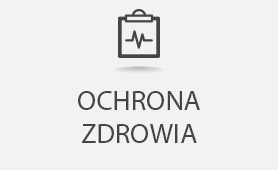

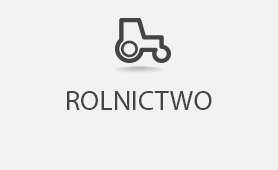
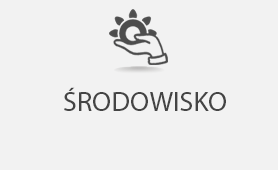
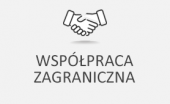

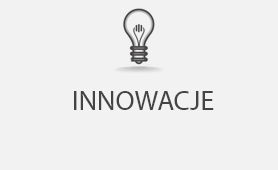


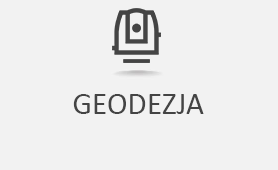

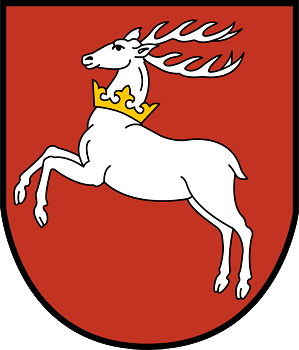 Oficjalny portal województwa lubelskiego prowadzony przez Urząd Marszałkowski Województwa Lubelskiego
Oficjalny portal województwa lubelskiego prowadzony przez Urząd Marszałkowski Województwa Lubelskiego